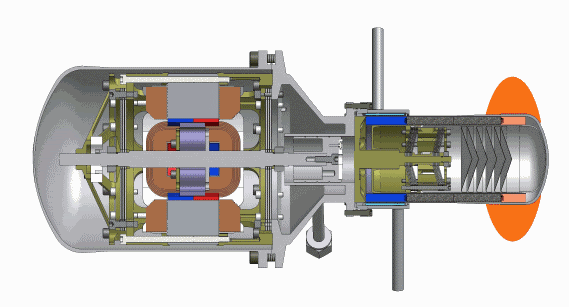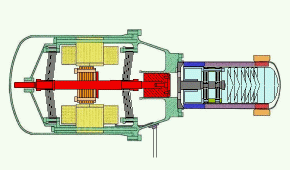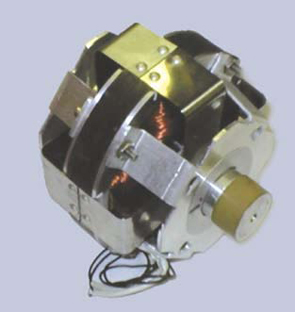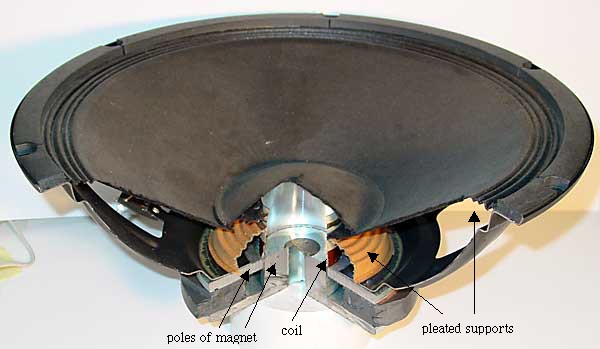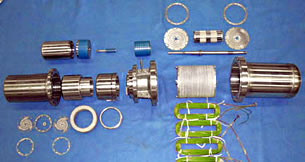Linear alternator discussion
Posted: Mon Apr 22, 2013 11:12 am
In searching the forums I haven't found much detail on linear alternator design, and I wanted to open a discussion on the subject.
Alternators / generators work by forcing wire coils to cut through magnetic fields. There are lots of ways to move magnets near coils that are not productive, and linear alternators are different enough to be non-intuitive.
I believe the commercial folks clearly discussed radially facing magnets. To me this implies lots of small round magnets in rings that alternate North or South facing out. This would seem to project lines of force into the surrounding coils.
I've also seen the standard piston shaped magnet sliding back and forth inside coils. Yes this will work, but is it optimal? I have doubts about this one.
I've also read about mounting magnets on edge such that they slide between narrow slots, this seems to me to be a very optimal solution but one which is more difficult to fabricate.
Mr Barumman's Thermomechanical Generator moves a magnet a few millimeters such that it alternately completes and breaks a magnetic loop that includes the magnet and laminated metal with coils wrapped around the lamination's. Magnetic lines of force love to go through loops and this would seem to be a fairly effective method, especially considering the power he seems to get out of his modest device.
The mention of power brings an issue to mind. Everyone loves measuring voltage. Voltage means nothing. 1000 volts at 1/1000th of an amp is still just 1 watt. In any meaningful discussion of alternators Watts are what are important. I would gladly take 1 volt at 1,000 amps (1kw) over 12 v at 1 amp (12 watt).
I would bet linear actuator design would be a good source of design material, if it makes a good linear motor then it should make a good linear alternator, unless of course they are simply brute forcing the pistion-insde-coils by slamming it with power.
What are your thoughts on great designs for linear alternators? What are the best and the worst that you have seen?
Dave
Alternators / generators work by forcing wire coils to cut through magnetic fields. There are lots of ways to move magnets near coils that are not productive, and linear alternators are different enough to be non-intuitive.
I believe the commercial folks clearly discussed radially facing magnets. To me this implies lots of small round magnets in rings that alternate North or South facing out. This would seem to project lines of force into the surrounding coils.
I've also seen the standard piston shaped magnet sliding back and forth inside coils. Yes this will work, but is it optimal? I have doubts about this one.
I've also read about mounting magnets on edge such that they slide between narrow slots, this seems to me to be a very optimal solution but one which is more difficult to fabricate.
Mr Barumman's Thermomechanical Generator moves a magnet a few millimeters such that it alternately completes and breaks a magnetic loop that includes the magnet and laminated metal with coils wrapped around the lamination's. Magnetic lines of force love to go through loops and this would seem to be a fairly effective method, especially considering the power he seems to get out of his modest device.
The mention of power brings an issue to mind. Everyone loves measuring voltage. Voltage means nothing. 1000 volts at 1/1000th of an amp is still just 1 watt. In any meaningful discussion of alternators Watts are what are important. I would gladly take 1 volt at 1,000 amps (1kw) over 12 v at 1 amp (12 watt).
I would bet linear actuator design would be a good source of design material, if it makes a good linear motor then it should make a good linear alternator, unless of course they are simply brute forcing the pistion-insde-coils by slamming it with power.
What are your thoughts on great designs for linear alternators? What are the best and the worst that you have seen?
Dave










